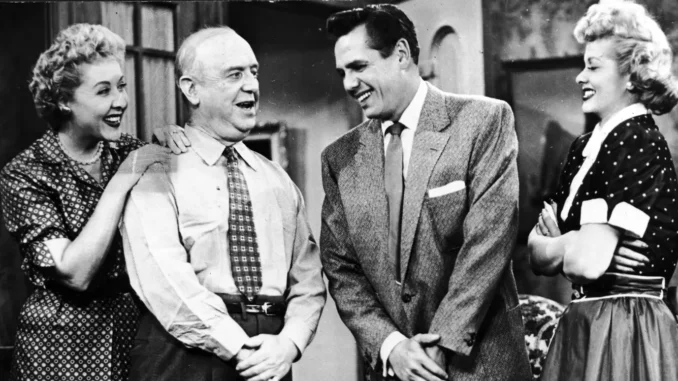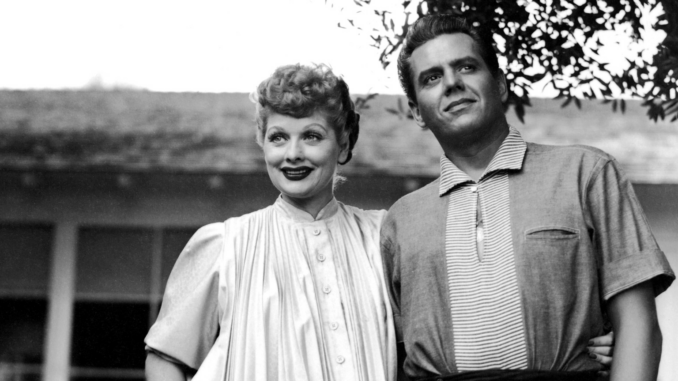
“Lucy’s Many Jobs: A Look at Her Career Mishaps”

One of the most enduring aspects of the “I Love Lucy” series is the show’s endless parade of Lucy Ricardo’s career misadventures, which provided a steady stream of comedic gold throughout the sitcom’s six-season run.
From her ill-fated stint as a candy factory worker to her disastrous foray into the world of show business, Lucy’s seemingly endless quest to find fulfillment outside the confines of her domestic life was a central theme that resonated with audiences then and now.
Perhaps the most iconic of Lucy’s career capers was her infamous chocolate factory episode, in which she and Ethel Mertz (Vivian Vance) found themselves hopelessly overwhelmed by the demands of an assembly line, leading to a slapstick sequence that has become one of the most beloved and frequently referenced moments in television history.
But Lucy’s employment woes were not limited to the candy factory; the show’s writers also took great delight in exploring her various other failed attempts at finding professional success. Whether it was her disastrous turn as a hat model, her bungled efforts to become a commercial spokeswoman, or her disastrous stint as a dance instructor, each of Lucy’s career mishaps provided ample opportunity for the show’s trademark physical comedy and situational humor to shine.
Underlying these comedic set pieces, however, was a deeper exploration of the challenges faced by women in the 1950s who sought to carve out professional identities beyond the traditional roles of wife and homemaker. Lucy’s repeated failures served as a poignant commentary on the societal obstacles and gender-based double standards that women of the era often confronted when pursuing their ambitions.
Ultimately, Lucy’s career travails not only entertained audiences but also helped to expand the boundaries of what was possible for female characters on television, paving the way for more complex and multidimensional portrayals of women’s experiences in the decades that followed.
